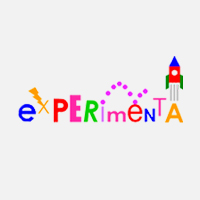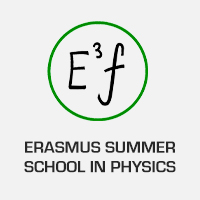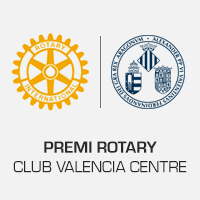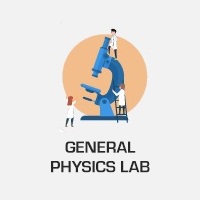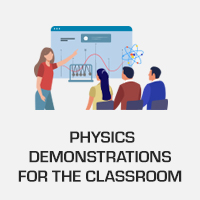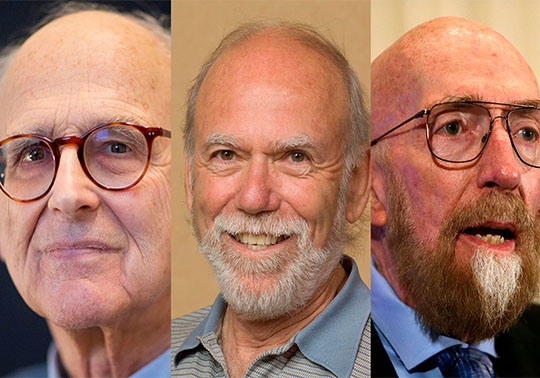
The researchers Reiner Weiss, Kip S. Thorne and Barry C. Barish of the LIGO/Virgo Collaboration have been honoured the Nobel Prize in Physics 2017 announced 3rd October. A team of the Universitat de València led by José Antonio Font, works with this team which focus their investigation on the detection and observation of gravitational waves.
Jose Antonio Font, full university professor of Astronomy and Astrophysics of the Universitat has stated: ‘the detection of the gravitational waves has been one of the best scientific achievements of the last years. With their discovery, product of the work started by Weiss, Thorne and Barish, and continued by several researchers with big international collaborations, has been demonstrated the last prediction of the Einstein’s theory of relativity. Furthermore, thanks to the advanced detectors LIGO and Virgo, it is probable that the detections become something routine, which come not only from the collision of binary black holes but also from other astrophysical systems such as the stairs collisions of neutrons and supernova explosions’.
The vice-principal for Research and Science Policy of the Universitat de València, Pilar Campins, states: ‘This will allow the full development of the new field of the Gravitational Radiation Astronomy and the Multi-Messenger Astronomy since the data which comes from the gravitational and the electromagnetic radiation will complement each other so they can obtain the most impressive and detailed information that we have never had from the Universe’.
The first detection of gravitational waves was announced by the Scientific Collaboration LIGO and the Virgo Collaboration the 11th February 2016, five months before the observation of the GW150914 signal, which was generated from the coalescence of two black holes of stellar mass located more than ten millions light years away.
‘The detection of these tiny wrinkles in space-time is an extraordinary achievement. This is the beginning of a new chapter in our study of the Universe’, has stated Jo van den Brand, de Nikhef and the VU University Amsterdam, spokesperson of the Virgo Collaboration.
From the first discovery, there have been detected three more gravitational waves generated by two black holes which are colliding. The most recent of these detections, 14th August 2017, was the first detected by the two Advanced LIGO and the Advanced Virgo instrument which worked jointly during 4 weeks from 1st August 2017.
‘These first detections of gravitational waves confirm an important prediction of the general Albert Einstein’s theory of relativity in 1915. This is the culmination of decades of work, in both the theoretical and experimental aspects. Having a global network of three detectors opens new perspectives for the multi-messenger astronomy’ adds Federico Ferrini, director of the European Gravitational Observatory (EGO) where is located the Virgo detector.
The Virgo Collaboration includes more than 280 physicists and engineers who belong to 20 different European research groups: 6 from the Centre National de la Recherche Scientifique (CNRS) in France; 8 from the Istituto Nazionale di Fisica Nucleare (INFN) in Italy; 2 in The Netherlands with Nikhef; the MTA Wigner RCP in Hungary; the POLGRAW group in Poland; and the European Gravitational Observatory (EGO), the laboratory hosting the Virgo detector near Pisa in Italy.








